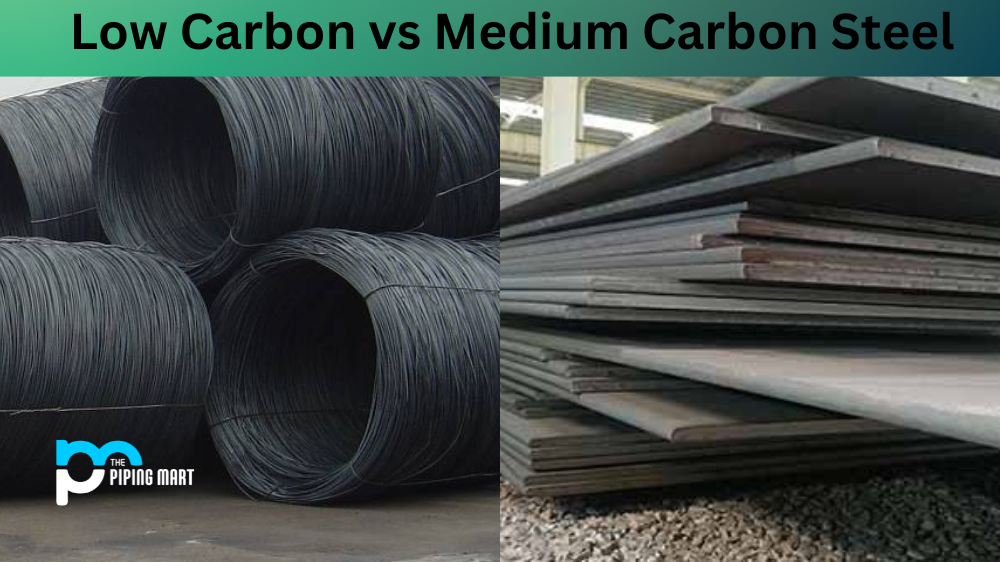If you are in the market for steel, you may have heard about the two main types of carbon steel available on the market – low-carbon steel and medium-carbon steel. But what exactly is the difference between these two types of steel? Let’s take a look.
What Is Low Carbon Steel?
Low-carbon steel has 0.04 – 0.3% carbon content and is one of the most common forms of steel available on the market. It is malleable and ductile, making it ideal for use in a variety of applications such as pipes, tubes, automotive components, and more. Low-carbon steel is also relatively inexpensive to produce and machine, making it a popular choice for many industries.
What Is Medium Carbon Steel?
Medium carbon steel has 0.3 – 0.6% carbon content and is stronger than low carbon steel due to its higher content of both manganese (1%) and silicon (0.06%). It is also tougher than low-carbon steel, making it ideal for applications that require durability or strength, such as construction materials or tools used in woodworking or metalworking industries. However, because of its higher price tag, medium carbon steels are typically reserved for more specialized applications that require higher performance from their components or parts.
Difference Between Low Carbon and Medium Carbon Steel
- Low-carbon steel is less strong and hard than medium-carbon steel.
- Low-carbon steel is more ductile and weldable than medium-carbon steel.
- Low carbon steel is used for applications where strength and hardness are not required, such as low-stress applications, while medium carbon steel is used for applications where high strength and hardness are required, such as in structural applications.
- Low-carbon steel typically contains 0.04% to 0.3% carbon by weight, while medium-carbon steel typically contains 0.31% to 0.6% carbon by weight.
- Low-carbon steel is less expensive than medium-carbon steel due to the lower amount of carbon content.
Conclusion:
In summary, low-carbon steels are malleable yet relatively inexpensive, while medium-carbon steels offer increased durability but come with a higher price tag. When selecting either type of material for your project or application, be sure to consider both cost and performance requirements when making your decision so you can select the best possible option for your needs. So whether you choose low or medium-carbon steel depends on what characteristics are most important to you – cost or strength/durability – no matter which one you go with, you’ll be getting an incredibly versatile material!

Pipingmart is a B2B portal that specializes in metal, industrial and piping items. Additionally, we share the latest information and information about materials, products and various types of grades to assist businesses that are involved in this business.




